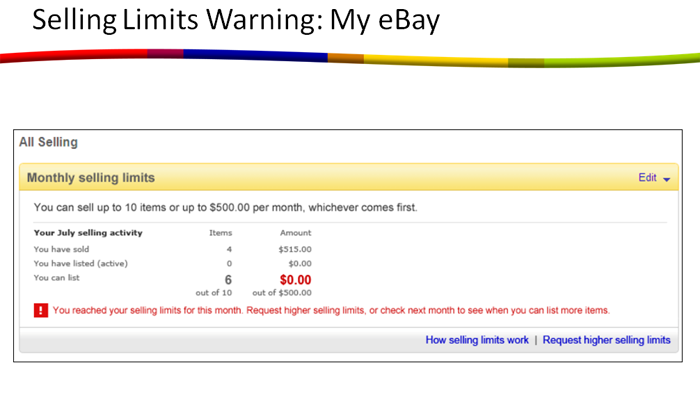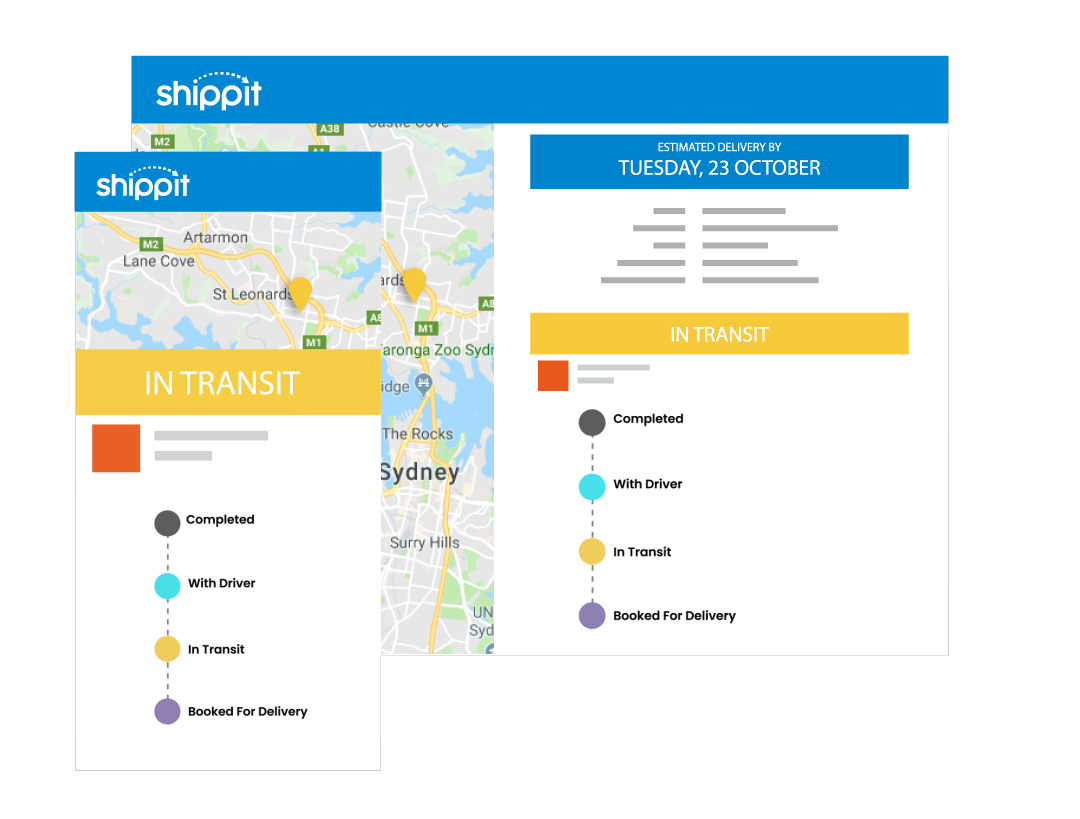Since eBay launched in 1995, it’s accumulated 168 million active buyers and 6.7 million sellers. It’s undoubtedly one of the best marketplaces for new business owners looking to build an empire.
There are a lot of pros to selling on eBay; like its global reach, access to over 168 million active buys, it’s easy to set up and start an eBay store, and the community of sellers you can fall back on when there’s an issue.
However, there are a few issues many eBay sellers face that can hinder their success on the platform, and in this post, you’ll find some practical solutions to make sure your eBay store can tap into unimpinged growth.
#1. Subscription Tiers And Fees
On the outside, it may seem silly to assume sellers aren’t sure what subscription tier they’re in, however, sellers with items in multiple categories are often surprised by the added fees.

This becomes a lot more complicated with you look a the full breakdown of fees by category, listed here.
When you add two categories for one listing, you’ll be charged an insertion fee event if you’re using a free listing. If you’re selling items that can belong in more than one category, this is a great way to reach new customers. But don’t forget you’ll be charged additional fees even if you believe it’s a free listing.
Don’t want additional fees? No problem! Keep to one category for free listings.
Want to increase sales? Simply add an additional category and hopefully the improved reach with help you earn back the money spent on fees.
#2 Confusing Seller Limits
eBay prides itself on quality service, and to maintain high its standards, this means they impose selling limits on new sellers.
To see yours, sign in to your account, select “All Selling” option in “Sell” and then you should be able to see your limit in the Overview section in the Seller Hub.
Seller limits are often low for the businesses, for example, you might be able to sell $10 items or make $1000 in the first month. This then increases the longer you sell on eBay.
Sound easy, right? The confusing part for many new businesses in that seller limits are calculated based on potential sales and not actual sales.
This means a lot of new sellers are often shocked when they try to list as many products as possible to maximise profit but aren’t allowed to list items that could potentially exceed their limit.

That’s why the above message can sometimes be frustrating. If you want to improve your selling limit, be sure to maintain your service levels and high customer feedback, and then request regular reviews.
This way eBay will know you’re a serious seller looking to offer value to both the platform and your customers.
#3. Creating Product Listings
There’s a lot of benefits selling on eBay, however, there are also a few frustrations.
And creating listings is definitely one of them.
To sell your products, you need to list them. But the process for listing single or multiple products at once is a pain, to say the least.
There are solutions like bulk sending files to eBay via a CSV file, but 60-pages worth of instructions make it nearly impossible to understand effectively. To sell more on eBay without the headache, it’s most likely worth using a solution like CrazyLister.

Although it’s an added expense, with subscriptions for as little as US$20 a month, you’ll have to consider the amount of time you can size every week/month/year by using a tool specifically to save you time creating eBay listings.
#4. eBay’s Image Restrictions
There are a few restrictions placed on sellers, so here are a few tips to keep in mind:
Stick with the size requirements
Images should be no less than 500 pixels wide, and no more than 1600 pixels wide. There are a range of free image resizing tools that you can use to make sure you’re creating the right size. Snappa is easy to use and is free.
Maintain high image quality
Images on eBay serve two purposes: the show the condition of your items and to reflect how professional you are as a business. Take good photos that show customers all the angles and sides of your products. And make sure to make them look professional, with a white backdrop and good lighting. You don’t need to be a photographer to take amazing photos.
Refrain from reusing images, but credit them if you do
eBay doesn’t like sellers using photos that have been pinched from someone else online. That’s why there is a strong preference for sellers to use their own images or credit the source if you use third party photos.
#5. Inventory Management
If you sell your products on more places than just eBay, making a sale on one channel doesn’t always update it across all other channels.
Out of the millions of sellers on eBay, 25 million to be exact, there are bound to be a few of you who sell on more channels.
If you fall into this savvy group of sellers, then you’re most likely struggling with inventory management. One product will generally be listed on eBay, Amazon, and other marketplaces like the Iconic, and when one unit is sold, you’ll need to make sure all your listings are up to date.
To solve this, you’ll need a multichannel inventory syncing solution, or you could use a spreadsheet but it’s not recommended!
There are a range of inventory management solutions out there, and we covered a few different ones in our eBook on the different stages of eCommerce growth. Download it here.
#6. Shipping Orders
Using eBay’s basic shipping tools may decent when you first start to sell, but the bigger you get, the more difficult it is to manage,
eBay allows sellers to print labels, book consignments and upload tracking information, however, this process doesn’t allow for automation and it begins to fall apart when sales grow.
Many eBay sellers become bogged down in this process, and instead of spending their time increasing their product offering or market reach, they’re manually adding tracking numbers to orders.
Shippit has direct integration with eBay, so you can automatically sync your orders, book any courier service you need, and update them automatically without blinking an eye. If you want to learn more about our eBay integration you can find out more here.
#7. Customer Feedback
As sellers with the hope of growing revenue, customer feedback is critical to the success of a business. However, bad delivery experiences are the number one reason for negative reviews.
As sellers, we don’t always have control of the delivery process, so customers put a lot of trust in us to ship their packages on time. If delivery is received late, customers lose trust and leave a negative review.
The problem with using eBay’s out of the box features is that you’ll need to manually enter in tracking information, and when things get tough, it’s easy to forget things.
There are a few solutions that make tracking eBay orders easier, but as mentioned above, Shippit not only automates this process for you, you’ll be able to seek customer feedback on their experience so you know where to make improvements.

